Boundary Stones Video Shorts
With historic photos, archival footage, and animation, our multi Emmy-award winning Boundary Stones Video Shorts spotlight some of our favorite stories from the Boundary Stones website — the strange-but-true stories, larger-than-life-characters, and myths and legends from the history of D.C., Maryland, and Virginia. Watch here and subscribe to the WETA PBS YouTube channel to see new videos as soon as they are released!


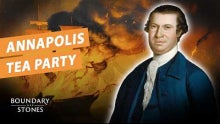
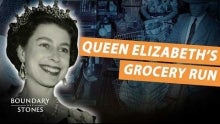
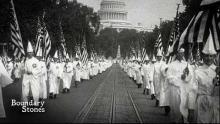
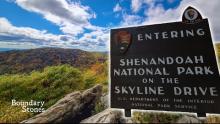
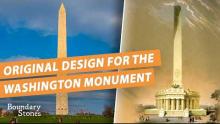
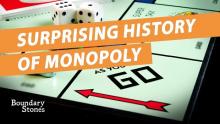
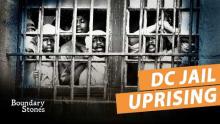


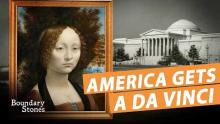
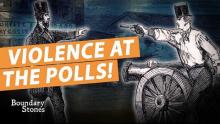
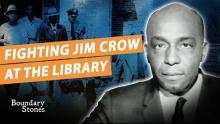
![Sketch of the mythical fuan by Pearson Scott Foresman. [Source: Wikipedia]](/sites/default/files/styles/crop_320x320/public/2023-10/Goatman_Wikipedia_Faun_2_%28PSF%29.png?h=64a074ff&itok=C9Qh-PE1)












